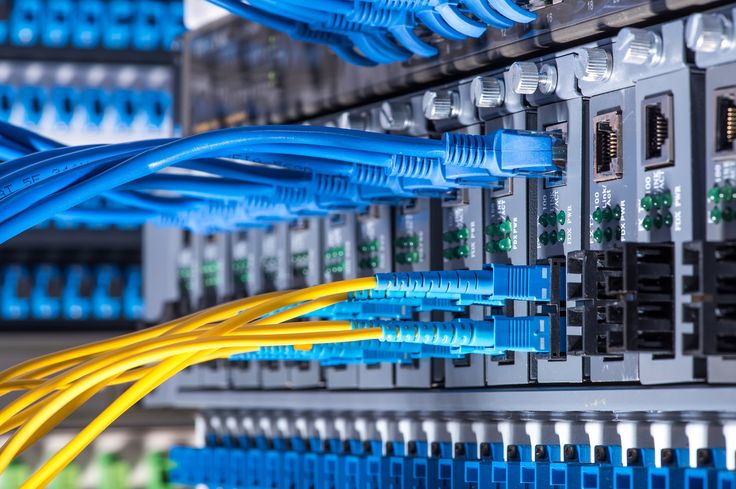In the midst of globalization and the digital revolution, Indonesia’s journey through the evolution of the internet intertwines not only with technological advancements and policies but also with the natural factors that shape its digital era. This article will delve into the intricate history of internet development in Indonesia, exploring its milestones while considering the influence of nature in molding the nation’s digital landscape.
1. Early Development (Early 1990s): The introduction of the internet in Indonesia during the early 1990s faced challenges posed by the archipelagic geography. Initial infrastructure developments were concentrated in academic and governmental centers on various islands.
2. Internet in the Reform Era (Late 1990s – Early 2000s): The liberalization of the telecommunications sector during the reform era brought significant changes. Natural factors, such as diverse geography, presented challenges in expanding internet networks across the archipelago. However, government policies supporting competition in the private sector helped overcome some of these obstacles.
3. Government Role and Regulations (2000s – 2010s): The government began recognizing the importance of addressing geographical and climatic challenges. Infrastructure development programs in rural areas took natural factors into account, ensuring improved connectivity on remote islands.
4. Broadband and Mobile Internet Era (2010s – Present): Natural factors, such as population density in urban areas and the need for fast connectivity, drove the development of broadband technology. Meanwhile, smartphone penetration in regions inaccessible by fiber-optic infrastructure allowed communities to stay connected.
5. Challenges and Obstacles: Limitations in infrastructure in mountainous or remote areas continue to be challenges. Natural factors, such as vulnerability to natural disasters, also affect network resilience. Mitigating risks in the face of natural threats has become a primary focus.
6. Impact of the Internet in Various Sectors: The role of the internet in supporting sectors like agriculture, where climate change is a critical factor, demonstrates positive impacts. Education in remote areas also benefits from easily accessible online resources.
7. Latest Technological Developments: The implementation of 5G technology in diverse geographical conditions requires special attention. Natural factors like high rainfall or earthquakes need consideration in designing disaster-resistant infrastructure.
8. The Future of the Internet in Indonesia: In planning the future of the internet in Indonesia, natural factors become a key element. Innovative projects must consider resilience to natural disasters and the efficient use of natural resources.
The history of internet development in Indonesia is a tale involving many elements, including natural factors. Understanding the relationship between technology, policies, and Indonesia’s diverse nature allows us to design a sustainable and disaster-resilient future. Collaboration among society, government, and the private sector is essential to address challenges and maximize the potential of the internet in the midst of Indonesia’s rich natural diversity.








